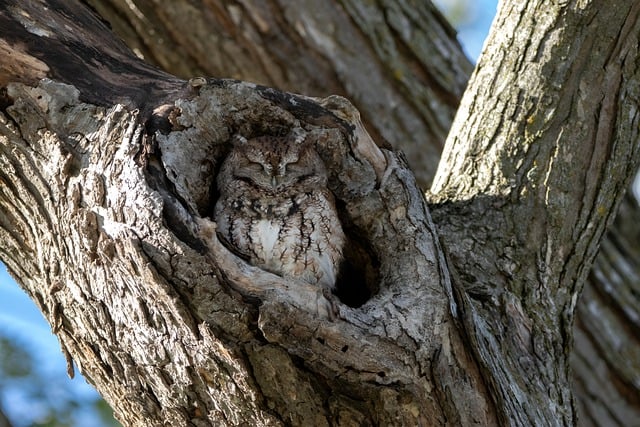After a storm, many homeowners in Mauldin, SC, are faced with the challenge of damaged trees. Understanding how to assess storm-damaged trees is crucial for safety. This guide provides insights into recognizing compromised structures and offers a step-by-step process for emergency tree removal. From initial inspection to post-removal care, learn how to navigate this delicate situation. Additionally, discover prevention tips to safeguard your property from future storm events, ensuring a reliable branch removal service in Mauldin, SC.
- Understanding Storm-Damaged Trees: Assessment and Safety Considerations
- The Process of Emergency Tree Removal: Step-by-Step Guide
- Post-Removal Care and Prevention Tips for Future Storm Events
Understanding Storm-Damaged Trees: Assessment and Safety Considerations
When a severe storm hits, trees can be significantly damaged, posing potential risks to property and safety. Understanding the extent of the damage is crucial for determining the next steps, especially when considering emergency tree removal in Mauldin, SC. A storm-damaged tree might exhibit various issues such as snapped or broken branches, uprooting, cracks in the trunk, or visible signs of rot or decay.
Assessing these damages requires a thorough inspection by professionals who can identify immediate hazards and prioritize safe removal. Safety is paramount when dealing with storm-damaged trees, as they can be unpredictable. A branch removal service in Mauldin SC should employ certified arborists who can accurately assess the situation, ensuring that any action taken is not only effective but also minimizes further risks to people and property nearby.
The Process of Emergency Tree Removal: Step-by-Step Guide
When a storm-damaged tree poses an immediate threat to property or safety, prompt action is crucial. Emergency tree removal services in Mauldin, SC, offer a swift and specialized solution for such situations. Here’s a step-by-step guide outlining the process:
1. Assessment: The first step involves a thorough inspection of the storm-damaged tree by certified arborists. They evaluate the extent of damage, including broken branches, trunk injuries, or root disruptions, to determine the level of risk and necessary actions.
2. Planning: Based on the assessment, a safe removal plan is devised. This includes identifying potential hazards like hanging branches, determining access routes for equipment, and deciding on the best method for tree extraction, whether it’s felling, cutting, or pruning.
3. Protection: Before beginning the removal process, protective measures are taken to safeguard nearby properties and individuals. This might involve setting up barriers, guiding ropes, or using specialized equipment to control and direct the falling tree.
4. Removal: Skilled arborists use appropriate tools and techniques for branch removal and tree felling. They carefully cut and guide the damaged branches and trunk, ensuring a controlled descent to minimize further damage and maximize safety.
5. Cleanup: After the tree is safely removed, the cleanup process begins. This includes removing any remaining debris, such as large branches or logs, from the site, leaving it cleared and safe for post-storm recovery efforts.
Post-Removal Care and Prevention Tips for Future Storm Events
After a storm, emergency tree removal is crucial for safety, but it’s just the first step. To prevent future damage from storm-damaged trees in Mauldin SC, consider these care and prevention tips. Regularly inspect your property for any weak or diseased trees, and address issues promptly. Pruning dead or dying branches can strengthen trees and reduce the risk of them falling during severe weather events.
Additionally, consider consulting a professional branch removal service to assess and maintain your trees. They have the expertise and equipment to safely remove dangerous limbs and provide recommendations for proper tree care. By taking proactive measures, you can protect your property and minimize the impact of future storm-damaged trees.
